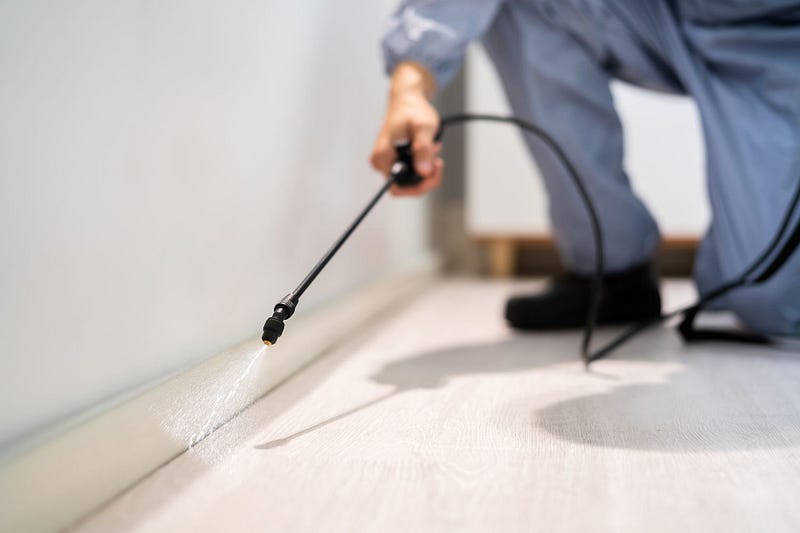
Cleaning Dryer Lint Trap
If you live in Bellevue, you know how often it rains—and how much you rely on your clothes dryer to keep laundry day running smoothly. But did you know that something as simple as a clogged lint trap can throw a wrench into the works? Cleaning out your dryer’s lint trap might seem like a small chore, but it actually plays a big part in keeping your appliance safe and efficient. Before you grab that lint screen, let’s chat about some common slip-ups people make and how you can avoid them when cleaning dryer lint trap.
1. Rushing the Job: Slow Down for Safety
We all lead busy lives, and it’s easy to treat cleaning the lint trap like a ‘just before the next load’ task. But if you’re yanking out the screen and giving it a quick swipe with your hand, you’re probably missing a lot of hidden lint. Lint can sneak into corners, cling to the screen, or even fall into the slot where the trap sits. Over time, this build-up can lead to your dryer taking forever to dry clothes—or worse, spark a fire.
Instead of a quick flick, take a moment to inspect the whole trap. Use your fingers, a soft brush, or even a vacuum crevice tool to grab those stubborn bits. Make it a habit to do a deeper clean every month or so, especially if you use fabric softener sheets (they love to leave a film behind).
“A dryer’s lint trap is like a window into your appliance’s health—ignore it, and you’ll be left in the dark.”
2. Forgetting to Unplug: Safety First, Always
Here’s something that’s easy to overlook: before you start poking around any appliance, make sure it’s unplugged. It might sound like overkill for a simple lint trap, but dryers can surprise you. If you’re cleaning deeper than just the screen—maybe using a brush to get into the slot or even opening a panel—always cut the power. This keeps you safe from accidental shocks or the dryer turning on unexpectedly.
For electric dryers, it’s as easy as pulling the plug. If you have a gas dryer, you’ll want to turn off the gas supply too, just to be extra cautious. Safety might add a minute or two, but it’s always worth it.
3. Skipping the Deep Clean: The Lint You Can’t See
Cleaning the lint screen every time you run a load is great, but what about the lint that collects beyond the trap? Over time, lint escapes the screen and settles inside the compartment or even the vent hose. This hidden lint is a big reason why dryers lose efficiency or become fire hazards.
Every few months, take the time to remove the screen and use a long, flexible brush or a vacuum attachment to reach down into the slot. You’d be surprised at how much gunk can collect down there, especially in older dryers. If you’re not comfortable doing a deep clean, there are professionals in Bellevue who can handle it for you (see the table below for average service costs).
4. Using Water Incorrectly: Don’t Soak the Screen
Sometimes, a lint screen looks clean but feels sticky, especially if you use dryer sheets or liquid softeners. These products can leave a residue that clogs the mesh. It’s tempting to run the screen under water, but here’s the catch: never put a wet screen back into the dryer. Moisture can lead to mold, and wet screens can trap even more lint.
If you need to wash the screen, use warm soapy water and a soft brush. Rinse thoroughly, then let it air dry completely before putting it back. If you’re in a hurry, pat it dry with a towel and leave it out for an hour or so. This simple step can make a big difference in airflow and drying time.
5. Ignoring Warning Signs: Listen to Your Dryer
If your dryer is taking forever to dry clothes, or if you notice a burning smell, don’t ignore it. These are red flags that your lint trap, vent, or even the inside of your dryer could be clogged. Sometimes, people keep running the dryer, hoping the issue will resolve itself. Unfortunately, that’s rarely the case.
Pay attention to how your machine is behaving. If things don’t seem right, stop and check the lint trap and vent. If you’re not sure what to look for, call in a pro. It’s always better to be safe than sorry—and in Bellevue, there are plenty of experts who can help.
Average Service Costs for Dryer Lint Trap Cleaning in Bellevue
| Service | Description | Average Cost |
|---|---|---|
| Basic Lint Trap Cleaning | Removal of lint and debris from the screen and slot | $40 – $60 |
| Deep Lint Trap & Vent Cleaning | Detailed cleaning including vent hose and internal dryer areas | $80 – $140 |
| Annual Maintenance Package | Yearly check-up and cleaning for optimal performance | $120 – $200 |
| Emergency Lint Trap Cleaning | Same-day service for urgent issues or suspected blockages | $150 – $250 |
Conclusion: Keep Your Dryer—and Your Home—Safe
Taking care of your dryer’s lint trap is a simple task that pays off in so many ways: it keeps your appliance running smoothly, cuts down on your energy bills, and—most importantly—protects your home from fire risks. The mistakes people make when cleaning a dryer lint trap in Bellevue usually come down to rushing, skipping steps, or ignoring signs that something’s wrong.
By slowing down, paying attention, and knowing when to call a pro, you can keep your laundry routine stress-free and your home safe. Don’t let a little lint become a big problem—give your dryer the care it deserves, and it’ll return the favor for years to come.
Read More: Bellevue Dryer Vent Cleaning




